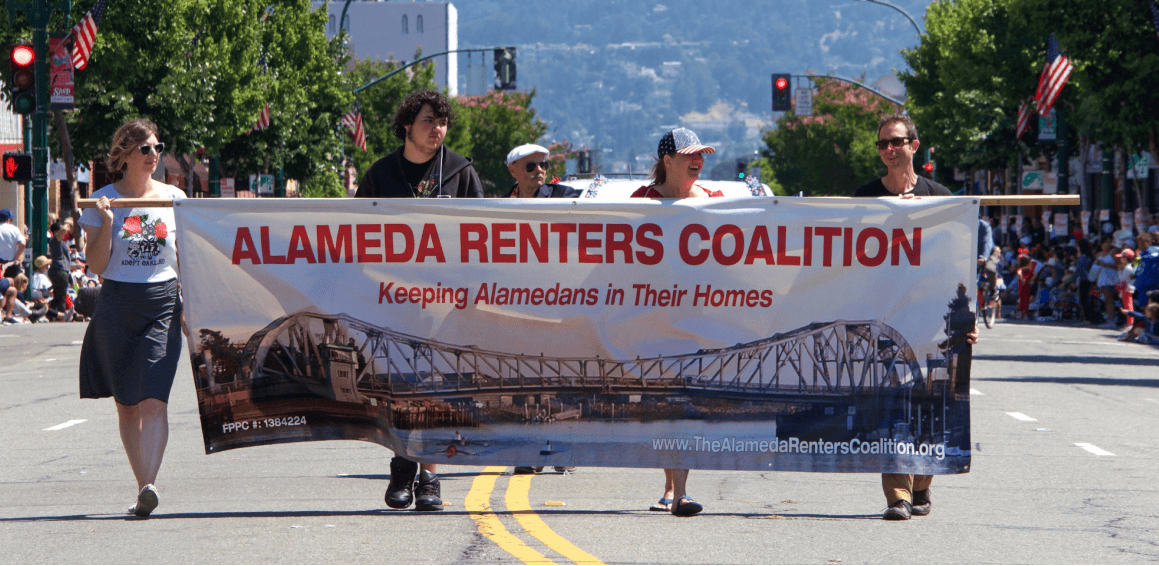4 Best Practices to Double Down on Renewals
From easing the on-site team’s workload to regular resident surveys, experts share tips for retention.

“In 2022, when demand and rental rates were at an all-time high, resident retention goals were not a high priority for many property management companies, which was a very shortsighted strategy,” says Brent Camp, vice president of leasing at Asset Living.
“Now that the market has experienced some cooling, resident retention is more important than ever, and I anticipate that trend to continue. Ever-increasing supply, softening demand, and weaker markets continue to create challenges for our property managers, so resident retention and satisfaction are critical to our overall growth strategy,” Camp adds.
To revisit resident retention best practices—and learn some new ones—MFE tapped on four multifamily professionals for advice.
A Happy On-Site Team
Satisfied and happy residents reflect satisfied and happy staff. Because on-site teams are responsible for creating positive interactions, easy communication, and a sense of community, well-trained and valued employees are imperative.
Phillip Boatwright, executive vice president of property management at The NRP Group, says, “It truly starts with on-site teams. Bringing together a group of dedicated employees who are committed to providing excellent service from day one is the best way to cultivate quality relationships. Residents who know they have a trusted team to support their experience are more likely to feel connected to their homes, the staff, and one another.”
Camp agrees, “A successful resident retention strategy starts with a successful employee retention strategy. When our on-site teams are unmotivated, disengaged, and dissatisfied, it’s hard to imagine our residents feeling different.”
Coaching, training, and quality onboarding can assist in on-site teams taking more ownership of their communities, Camp shares. The investment in staff also generates the opportunity for more positive interactions. He says, “When our residents and team members feel valued and that their happiness matters, the results are undeniable.”
Communication Is Key
Whether it’s a maintenance update, potential disruption, or a community event, communication is a key practice for resident retention. A clear stream of information about what is happening in a community can help to prevent negative interactions from occurring.
“It sounds simplistic to say, ‘communication is key,’ but in the days of personalization, communication is not just conveying information. It is understanding and accommodating each of your resident’s preferences for receiving that information,” says Holli Beckman, chief marketing officer at WC Smith. “This includes channel and method. ‘Do you prefer I text you a video of how to operate the freight elevator or email you a checklist of to-do items?’ Maybe you prefer a phone call or coming into the office the day before to walk through it all. These preferences then carry on through the entire resident experience.”
Jonathan Bove, executive vice president, acquisition, and management services, at Landmark Properties, shares, “While the foundation of resident satisfaction is consistent and productive communication, the medium by which our residents communicate with us is always evolving. It’s critical to meet your residents where they’re at—even if you encourage them to move to other communication channels like email or a text to ultimately resolve a given issue in a private channel.”
Need a Lease Agreement?
Access 150+ state-specific legal landlord forms, including a lease.
Routine Resident Surveys
Like clear and proactive communication, actively gathering resident feedback through regular surveys can help property managers to get ahead of negative interactions and quickly solve concerns. “Actively seeking input and feedback from our residents through resident surveys and engagement with our site teams helps us better understand their needs and preferences and provides the knowledge we need to better our communities and the overall resident experience,” Camp explains.
At Landmark Properties, Bove cites its trademarked “You Speak, We Listen” platform, through which the firm has achieved over 98% resident satisfaction. “The key components of the platform include routine resident surveys, incentivizing team members to cure any issues raised during these surveys, and effectively communicating those improvements to the larger resident population,” says Bove.
Boatwright adds that intentionality in learning about residents’ priorities is also beneficial as communities can vary greatly. He says, “What works and interests the residents of one community may not be effective at another. Continuing to pursue the wants and needs of the residents should be a consistent thing. The profile of residents never remains the same, so it’s important to understand what those changing interests are. It should feel like a customized approach to the community.”
The Balance of Technology and Engagement
To advance a personal approach, Boatwright recommends meaningful engagement. “More residents today stay or renew based on the connection they have with the staff and their neighbors. Bringing them together with commonalities and experiences presents the best opportunity to retain them, and we must outcompete our competitors more now in this aspect than before,” he notes.
All four professionals say that technology platforms and artificial intelligence (AI) can assist in the tedious tasks to free up more opportunities for resident and staff engagement.
To address renewals and improve occupancy forecasting, WC Smith partnered with Renew. “For years, the industry has created ways to ease the burden of lead management by automating tracking and nurturing prospects,” says Beckman. “No one was really paying attention to the number of hours spent on renewal communication and completion. In a time when employee burnout and staffing issues are at an all-time high, identifying high-repetition, low-satisfaction tasks to take off our employees is critical.”
Bove states that technology and AI platforms can help to balance not only staff workload but also personal versus virtual interaction. “One facet we continue to explore is how AI can supplement the efforts of our on-site teams. While we think these tools will be best suited toward repetitive tasks, such as collections efforts or leasing intake, we also recognize that every minute we save a human staff member is a minute that can be reallocated to resident interactions and community satisfaction.”
Agreeably, Camp adds, “AI and automation platforms allow our on-site teams to work smarter, not harder. Our teams play a crucial role in fostering a sense of community with our residents, so adopting and leveraging self-service technology that frees up their time, which allows them to engage with our residents in a more impactful way, is incredibly important.”
Source: Multifamily Executive















 Accessibility
Accessibility